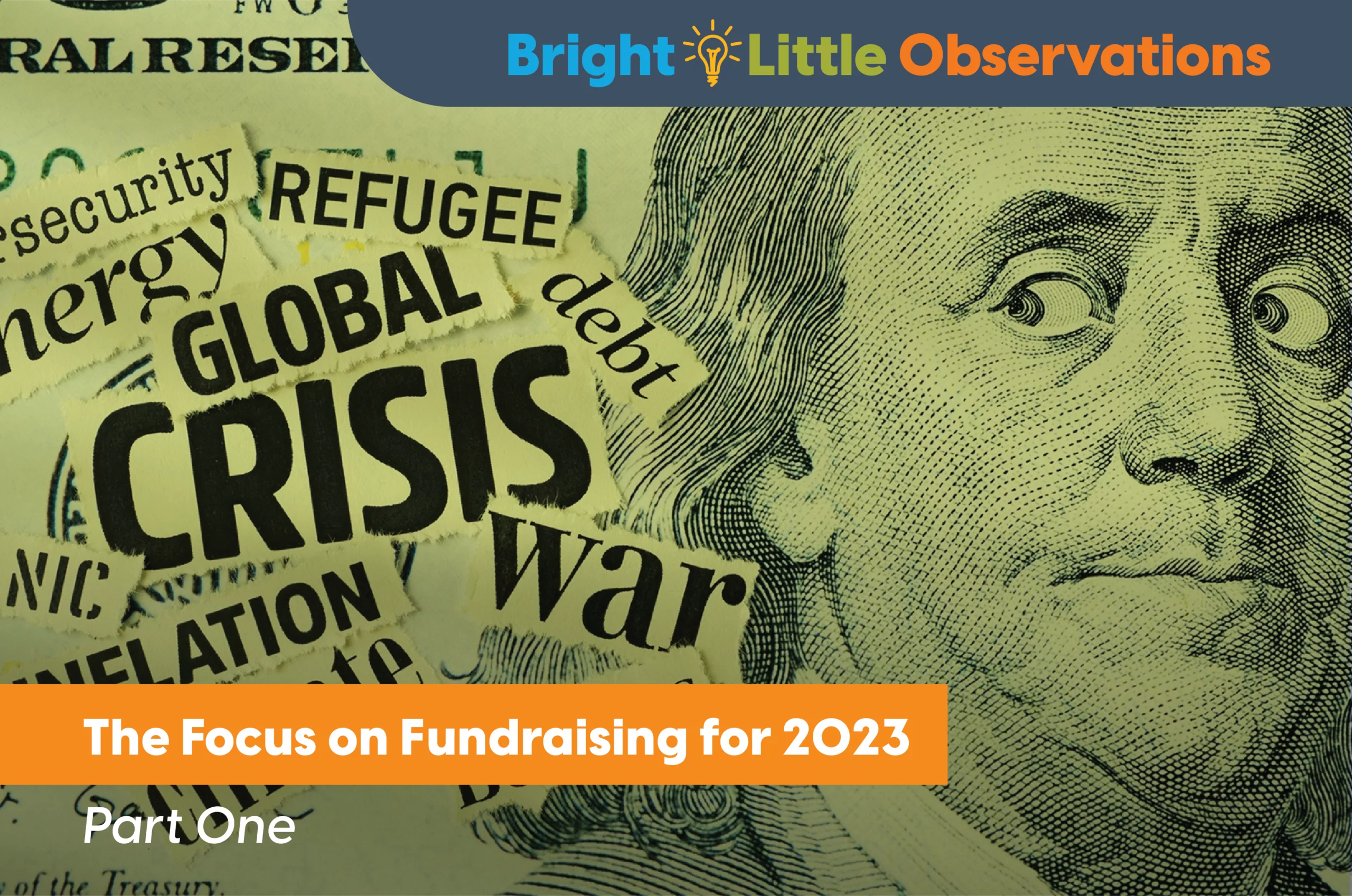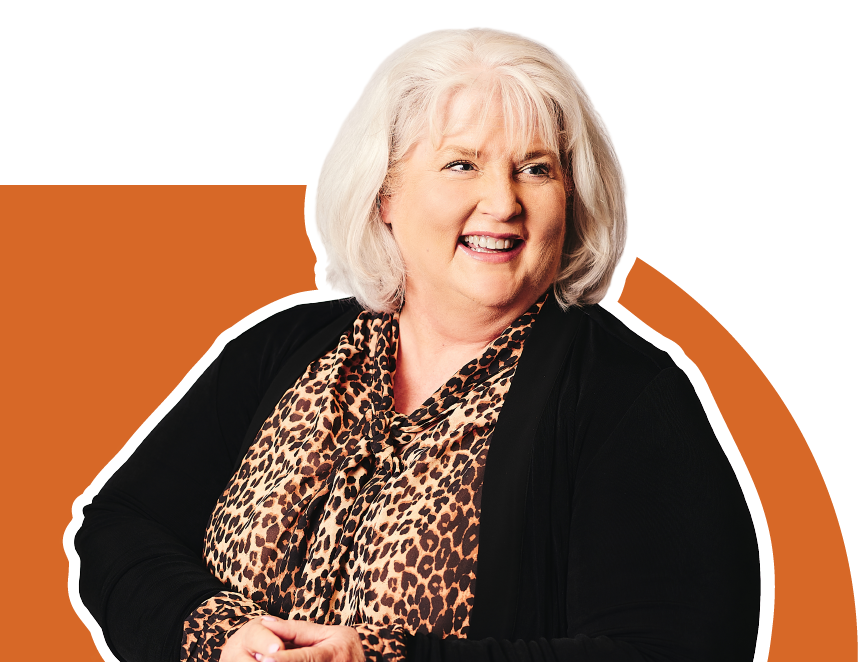


Looming recession. Rising inflation. The cost of living, through the roof.
According to Fortune Magazine’s article “The economy is changing – and so is philanthropy,” inflation is undercutting Americans’ finances – and their generosity. Not only are charitable donations covering fewer needs, but they may also soon become scarcer due to recessionary fears.
When the economy tightens, challenges to nonprofits compound. Not only do they experience higher prices for the goods and services required to meet the needs of those they serve in their communities, but the demand for their outreach also grows along with their fear that donations will dimmish as supporters face their own personal concerns. Yet, nonprofits should never assume donors don’t want to hear from them because the economy is floundering.
“Don’t assume during a recession that giving will go down,” advised Una Osili, Ph.D., Associate Dean for Research and International Programs for the Lilly Family School of Philanthropy, in an address to Salvation Army Divisional Commanders at Summit Marketing’s Executive Leadership Conference in January.
“If you’ve seen one recession, you’ve seen one recession,” she explains. It’s the kind of recession that influences how donors respond.
In times like these, she says, it is important to maintain “impatient optimism” and focus on the “fierce urgency of now.” It is more critical than ever to keep your mission top of mind for your donors … remind them of the importance of their partnership … and create a renewed urgency to give. And as always, cementing these relationships also hinges on their desire to make a difference in their communities – and the world – and responding appropriately. Successful fundraising in this economy also requires understanding current paradigms, embracing new technologies and viewing common practices from new perspectives.
In this three-part blog, Summit Marketing offers 10 trends to inform your discussions and decisions for fundraising in 2023. In Part One, we’ll address “Focus on profitability” and “Diversified income streams.”
1. Focus on profitability
While skyrocketing inflation and daily living expenses may make it harder to attract new donors, that doesn’t mean nonprofits should table their acquisitions. “Quite the opposite, in fact,” says Sam Hamby, Summit Marketing’s Director of Analytics. “Acquisition is especially important now because the gap left by those who stop giving will grow as more people are impacted by inflation. If nonprofits don’t pay attention to acquisition now, they could be left with a larger than normal deficit in their pool of supporters.”
What to consider: The ideal would be to acquire a vast number of new donors who give large donations. But targeting only these prospects can be prohibitively expensive. On the other hand, refilling the donor file mainly with those making small donations and hoping their contributions will increase is a plan which is historically proven to drain dollars and starve your organization.
Here’s why: If each donor, regardless of contribution, represents $50 in acquisition costs, then gifts below $50 can’t generate a positive return until later in the donor lifecycle – and only if those donors are retained. The smallest gifts – even if retained for multiple years – can result in a net loss that may never be recovered.
The bottom line: Ultimately, it is critical to achieve a balanced mix of small, medium and large gifts – weighted to mid-value donor prospects – that creates and delivers the most predictable path to a positive return and the net dollars to provide funding for your mission – and to see you through times of troubled waters.
How we can help: Summit Marketing’s SONAR® strategy can help your nonprofit target the optimal new donor mix, determine the right message and delivery channels and facilitate better, faster returns on your investment with lower costs, a more significant net revenue and higher lifetime value.
2. Diversified income streams
Perhaps your annual fundraising event isn’t drawing the crowd it used to … your most faithful major donors suffered a loss in the stock market … or the grant you were counting on wasn’t funded. The economic volatility impacting donors as well as charities means nonprofits must seek various ways to secure funding, rather than rely on a single source of income or channels that were more profitable in the past.
Step-by-step strategy: “Start by assessing your current income streams to determine which ones may be most vulnerable,” says Summit Marketing’s Director of Engagement and Integration Brian Smith. “Then be creative in finding ways to supplement them with new or more fail-safe sources.” Brian suggests cultivating partnerships with a for-profit business who pledges to donate a percentage of every sale or match employee donations to your cause – or even ramping up your thrift-store promotions to attract more shoppers. “And don’t forget the value of in-kind donations,” he adds, “which can fill many gaps by providing goods and services your organization can’t afford on its own.”
An added benefit: Over time, these and other options may prove to be go-to resources you wouldn’t have developed or used previously.
How we can help: Summit Marketing has developed a suite of dynamic new products to help your team seek diversified funding, including gift matching, planned giving and thrift store marketing.
Stay tuned! In Part Two of Summit Marketing’s Focus on Fundraising for 2023, we’ll look at four more important trends: “Enhanced staffing and nonprofit culture,” “More personalized donor experience,” “Attracting Gen-Z” and “Flexible giving options.”